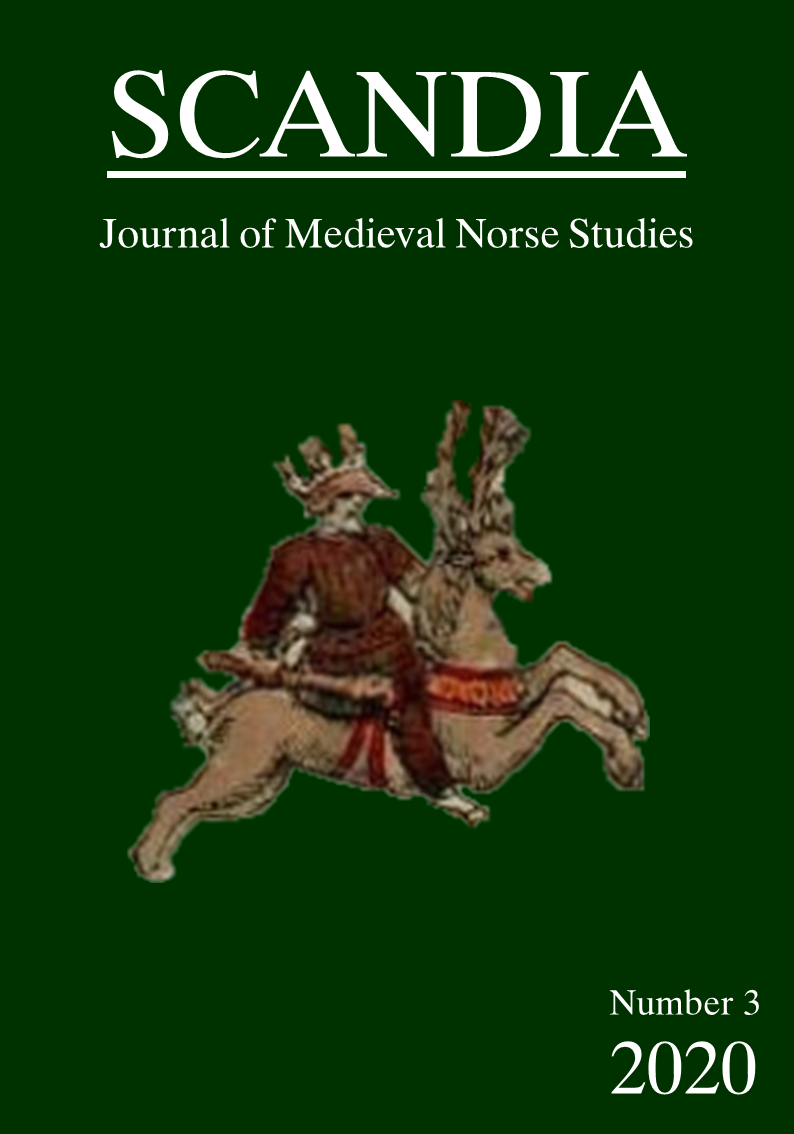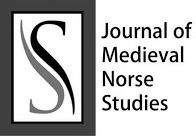“TWELVE ANGRY THEGNS”: SOME POSSIBLE OLD NORSE LEGALISMS IN OLD ENGLISH TEXTS
Resumo
The interpretation of the lexeme thegn has led to a long-standing controversy in the study of the late-Viking Age rune stones. It is recorded in 46 commemorative inscriptions in Denmark and Western Sweden, 34 of which adhere to a pronounced pattern. The debate goes back two seminal articles by Svend Aakjær (1927) and Karl Martin Nielsen (1945). The former author argued that the lexeme should be read as “king’s retainer, vassal”; the latter dispelled this notion as ungrounded and stuck with the later recorded meaning, “free man in general”. Since rune stones are our only contemporary native literary source on social structures in the Viking Age, resolving the question of the lexical meaning of the runic thegns is highly desirable. Regretfully, in the absence of newer source material, the debate has until now been recycling the same considerations first put forth decades ago. While hesitating to pass the final verdict, I argue that a possible way out of the protracted argumentative loop could be found in less frequently cited Old English texts pertaining to the Scandinavian part of England. If confirmed, these insights may also be utilised in further source criticism of the Old Norse literary legacy.
Downloads
Downloads
Publicado
Edição
Seção
Licença
O(s) autor(es) do original apresentado se compromete(m) a cumprir o que se segue:
- Todos os autores responsabilizam-se publicamente por ele.
- Os autores afirmam que este original é de sua autoria e que assumem integral responsabilidade diante de terceiros, quer de natureza moral ou patrimonial, em razão de seu conteúdo, declarando desde já que a obra não infringe quaisquer direitos de propriedade intelectual de terceiros.
- O(s) autor(es) concordam em ceder os direitos autorais do original à Revista Scandia, à qual concedem permissão para sua reprodução, edição e publicação on-line.
- O(s) autor(es) outorgam seus direitos autorais de seu original à Revista Scandia, licendiado sob a Criative Commons Attribution License, que permite o compartilhamento deste trabalho com o reconhecimento de sua autoria.
- O(s) autor(es) têm permissão e são estimulados a citar e distribuir seu original.



